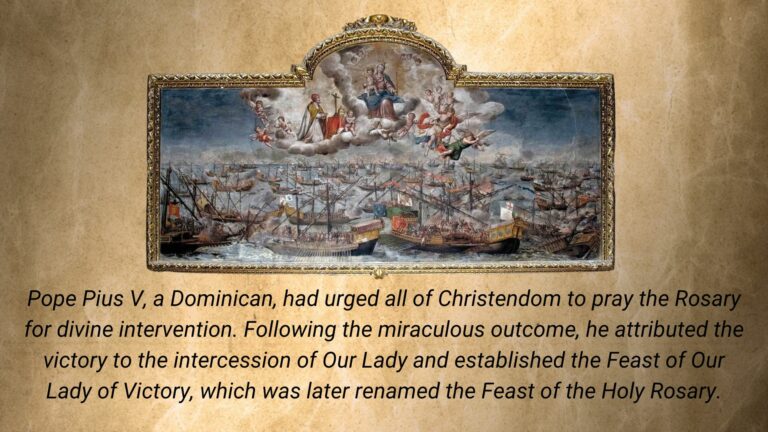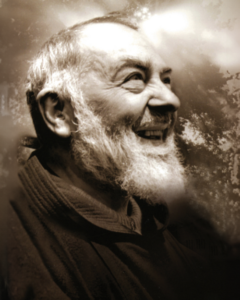
On October 7th, Catholics worldwide celebrate the Feast of the Holy Rosary, a day that honors the powerful intercession of the Blessed Virgin Mary through this ancient and cherished prayer. The Rosary is central to the spiritual lives of many saints, including Padre Pio. But how did this devotion come to be, and why is it so significant to our faith? Let’s explore the origins and development of the Rosary, its unique symbolism, and the key role it has played in history.
The Meaning Behind the Name "Rosary"
The term “Rosary” comes from the Latin word “rosarium,” meaning “rose garden” or “garland of roses.” This name likely emerged during the Middle Ages, reflecting the widespread admiration for the rose as a symbol of beauty and devotion. In ancient cultures, roses were used to crown statues of gods and adorn brides, representing purity and love. As Christianity spread, this tradition evolved into a spiritual practice. Rather than offering physical flowers, believers began offering prayers to the Virgin Mary, with each prayer symbolizing a spiritual rose.
Why Do We Pray with Beads?
The practice of praying with beads has its roots in the Middle Ages. Monks would recite the 150 Psalms as part of their daily prayers, but for those who were illiterate, an alternative was needed. They began reciting 150 “Our Fathers” using a string with knots to keep count, a practice known as the “Psalter of Christ.” Over time, this method was adapted to include the “Hail Mary” and meditations on the mysteries of Christ’s life, eventually leading to the form of the Rosary we know today.
The Role of St. Dominic and Blessed Alan de la Roche
A pivotal moment in the history of the Rosary occurred in 1214, when, according to tradition, the Blessed Virgin Mary appeared to St. Dominic. She presented him with the “Angelic Psalter,” a form of prayer designed to combat heresy and win souls. St. Dominic’s devotion to this prayer led to its widespread popularity as a powerful spiritual weapon.
However, by the 15th century, the practice had waned. It was Blessed Alan de la Roche, inspired by his visions of Mary, Jesus, and St. Dominic, who revitalized the devotion. He founded the Confraternity of the Holy Rosary, which played a key role in restoring and spreading the Rosary throughout Europe.
The Battle of Lepanto and the Feast of the Holy Rosary

One of the most famous moments in the history of the Rosary came in 1571 during the Battle of Lepanto. A Christian fleet, vastly outnumbered by the Ottoman Turks, was victorious in what seemed like an impossible battle. Pope Pius V, a Dominican, had urged all of Christendom to pray the Rosary for divine intervention. Following the miraculous outcome, he attributed the victory to the intercession of Our Lady and established the Feast of Our Lady of Victory, which was later renamed the Feast of the Holy Rosary.
The Rosary and Fatima
The importance of the Rosary continued to grow in the 20th century, particularly following the apparitions of the Blessed Virgin Mary in Fatima in 1917. Mary encouraged the faithful to pray the Rosary daily for the conversion of sinners and for world peace. She also introduced the prayer, “O my Jesus, forgive us our sins, save us from the fires of hell; lead all souls to heaven, especially those in most need of thy mercy,” which is recited at the end of each decade of the Rosary.
Persevering in Prayer
As we reflect on the history and significance of the Rosary, it is important to remember the value of persistence in prayer. Saints like Thérèse of Lisieux and Blessed Alan de la Roche remind us that even distracted prayers, when offered with love and perseverance, hold great power. The Rosary is not just a series of repeated prayers, but a profound spiritual journey that invites us to meditate on the mysteries of Christ’s life and ask for Our Lady’s intercession.
As Blessed Alan de la Roche said, “If you persevere in reciting the Rosary, this will be a most probable sign of your eternal salvation.” So, as we celebrate the Feast of the Holy Rosary, let us renew our commitment to this beautiful devotion and trust in the protection and guidance of the Blessed Virgin Mary.

